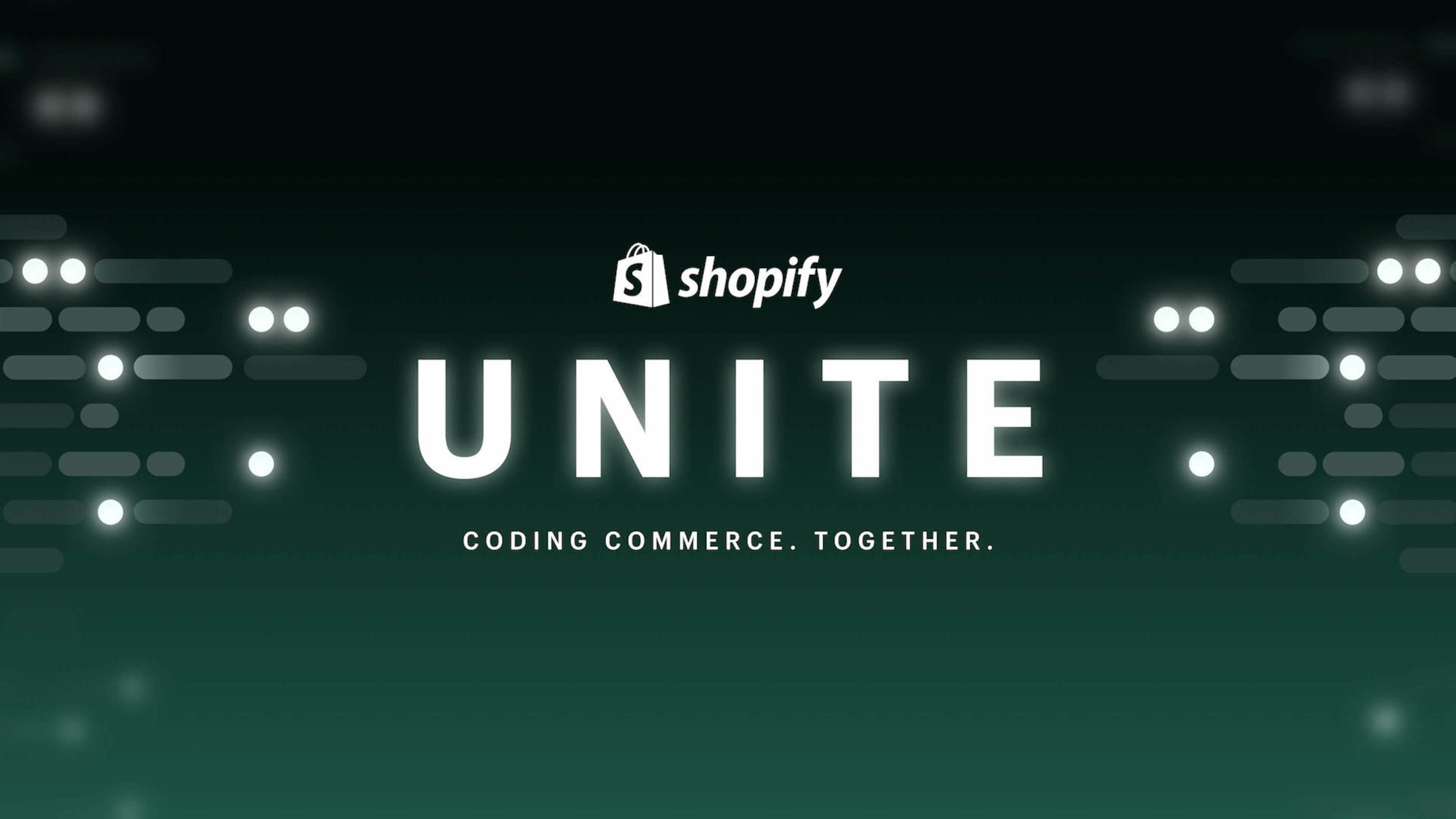The future of commerce is powered by brands building the world’s most creative customer experiences, backed by the development teams that make those experiences possible using Shopify’s commerce platform.
At this year’s Unite, Shopify’s annual partner and developer conference, we introduced the largest set of infrastructure innovations in Shopify’s history, opening up a whole new world of customization for brands.
Businesses seeking the best experience for their customers will no longer be blocked by technical constraints—we’ve unlocked more developer capabilities than ever to build the future of commerce for merchants.
Here are the products and tools coming later this year to help you unlock your creativity with customizations, build for conversions, and scale with confidence.
Have an in-house developer team or outsource development to an agency? Share these technical announcements with them.
1. Unlock creativity with customizations
Online Store 2.0
At Shopify Unite, we announced one of the biggest updates to our online store platform to date: Online Store 2.0—a combination of new features and improvements that significantly expand our existing customization options.
Once your development team migrates your theme to Online Store 2.0, it will be easier to control the layout and aesthetic of your store, giving you access to more data with revamped metafields and arming your development team with a streamlined set of developer tools that integrate seamlessly with Shopify.
Customize your online store with sections and blocks on every page
With sections and blocks, effortlessly personalize your store by adding, rearranging, and removing content without editing code.
Drag and drop entire sections of video, products, or image galleries in the theme editor. Sections can be used on the home, landing, product, and collection pages to gain greater control and flexibility over your online store.
Blocks are like sections within sections, and they can be moved around or within sections, allowing for a more granular level of flexibility for businesses to create the store that best represents their brand.
Brands selling on Shopify Plus need only work with a theme developer to update themes to OS 2.0 standards before being able to see these improvements.
See how your development team or agency can implement these changes with JSON templates
Display flexible store content
Data and content is what brings your store to life, and we’ve made big updates to how they're both stored in Shopify. Once configured by developers, you’ll now be able to define and edit metafields directly in the admin, and connect metafields to apps or your theme that can be accessed by anyone on your team. This will significantly increase flexibility to capture and represent data specific to your brand.
You can now display and edit product and variant content directly from the admin in a few clicks. That means if you want to store additional product information in your shop, you can use metafields to display those values across your entire website.
For example, you can use metafields to display fabric care instructions or even to show special fields in the checkout page like delivery timeframes, backorder dates, and units sold.
Plus, simple product and variant configuration—like specifying which sizing chart is for which product—can be done by any staff member right on the product page.
Again, if you’re selling on Shopify Plus, all it takes is working with a theme developer to update your themes and apps to OS 2.0 standards to see these improvements.
See how your development team or agency can implement these changes with JSON templates
Integrate app blocks inside themes
More customization and flexibility around apps in the theme editor means added performance benefits: once set up by developers, you can integrate apps easily into themes.
App blocks mean you can easily integrate an app into your theme without touching code and manage that app right from the theme editor. When it’s time for you to uninstall the app, you can remove it without worrying about performance issues left behind from ghost code. Stay tuned for this feature later this year.
Accelerate theme development with intuitive developer tools
Brands can make advanced customizations more efficiently than ever, using our new suite of development tools. Merchants with in-house developers can now build better together in teams.
With the introduction of the Shopify GitHub integration, an updated Shopify CLI tool, and Theme Check, your development team can more easily develop, test, and deploy themes on Shopify.
Our GitHub integration allows you and your team to collaborate safely with native support for version control. You can implement workflows where changes must be reviewed and merged on GitHub before populating to a live theme. This integration also lets you share preview links from your team’s local server without manual syncing or pushing zipped files, meaning easier collaboration with your development team.
Learn more about developer tooling
We’re also introducing our first open-source reference theme, built to run 35% faster than our most popular theme and using all the new features in Online Store 2.0.
Introducing Dawn, an ultra-lightweight, mobile-first theme—maximizing flexibility while minimizing complexity and keeping things lean. Your development team can use Dawn as a model when unlocking sections on your own themes.
2. Build for conversions
Customize checkout with apps built from checkout extensions
It’s about to become so much easier to customize your checkout with apps built from checkout extensions. These can range from simple custom messages and marketing content, all the way through to more complex UI customizations like capturing additional information from buyers, product upsells, and loyalty point redemptions. These apps will be fast to install, and upgrade-safe, so you’ll get all platform benefits as we release new features. Plus, they’ll work with Shop Pay and other accelerated payment methods.
The post-purchase checkout extension is available now in public beta, enabling developers to build apps that surface offers or content to your buyers right after they’ve completed their checkout, but before they’ve arrived at the thank you page. Look out for other checkout extensions coming soon.
Learn more about Checkout Extensions
Give shoppers more shipping options with Shopify Scripts
Shopify Scripts is a Shopify Plus exclusive feature that allows brands to do things like customize payment or shipping options in checkout.
Forty percent of shoppers selected curbside pickup for online purchases in the first three months of the pandemic, and 38% plan to continue to use it going forward.
Now you can customize which shipping methods appear to each customer with Shopify Scripts, via an app. That means you could offer a curbside pickup option that only displays to customers that live within 10 miles of your location, for example.
Scripts can now be built using your preferred local development workflow instead of having to use the online Script Editor. Our rebuilt infrastructure also means that Scripts will be even more reliable and run much faster.
Plus, Scripts will now be deployed and installed using apps, which means brands can use them without ever touching code, and they can be installed on multiple stores at once if you work at a company with multiple sub-brands.
Give shoppers more payment options with our Payments Platform
Consumers will abandon online purchases at the slightest hint of friction—like if their preferred payment method or channel isn’t available.
Shoppers have a diverse set of expectations of payments: for example, although credit cards are the most popular payment method in the U.S., that isn’t true of the rest of the world. 52% of online shoppers in Brazil will use a QR code to make a purchase.
The right payment method can help you increase checkout conversions by delivering better ecommerce localization and a tailored buyer experience, no matter where your buyers are located.
Shopify’s Payments Platform will unlock future opportunities for growth in new markets and industries by enabling payment providers to build new integrations into Shopify. This opens up a broader ecosystem of gateways offering niche functionality and brings new business value to merchants by helping them sell more, and in more places.
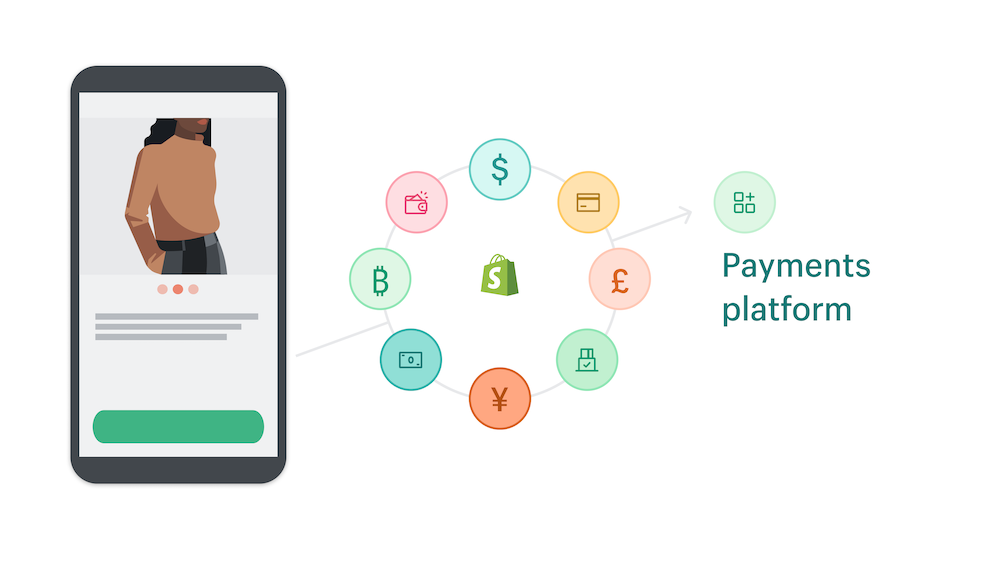
Learn more about our payment options
Increase average order value with buy now, pay later
You can boost your conversions by up to 50% and increase average order value when you give customers greater flexibility to check out with larger cart sizes.
That’s where Shop Pay Installments* comes in. Let your shoppers buy now, pay later and split their purchases into four interest-free payments, with 0% interest and no additional, hidden, or late fees. Currently available on orders of $50–$1,000, including taxes and shipping.
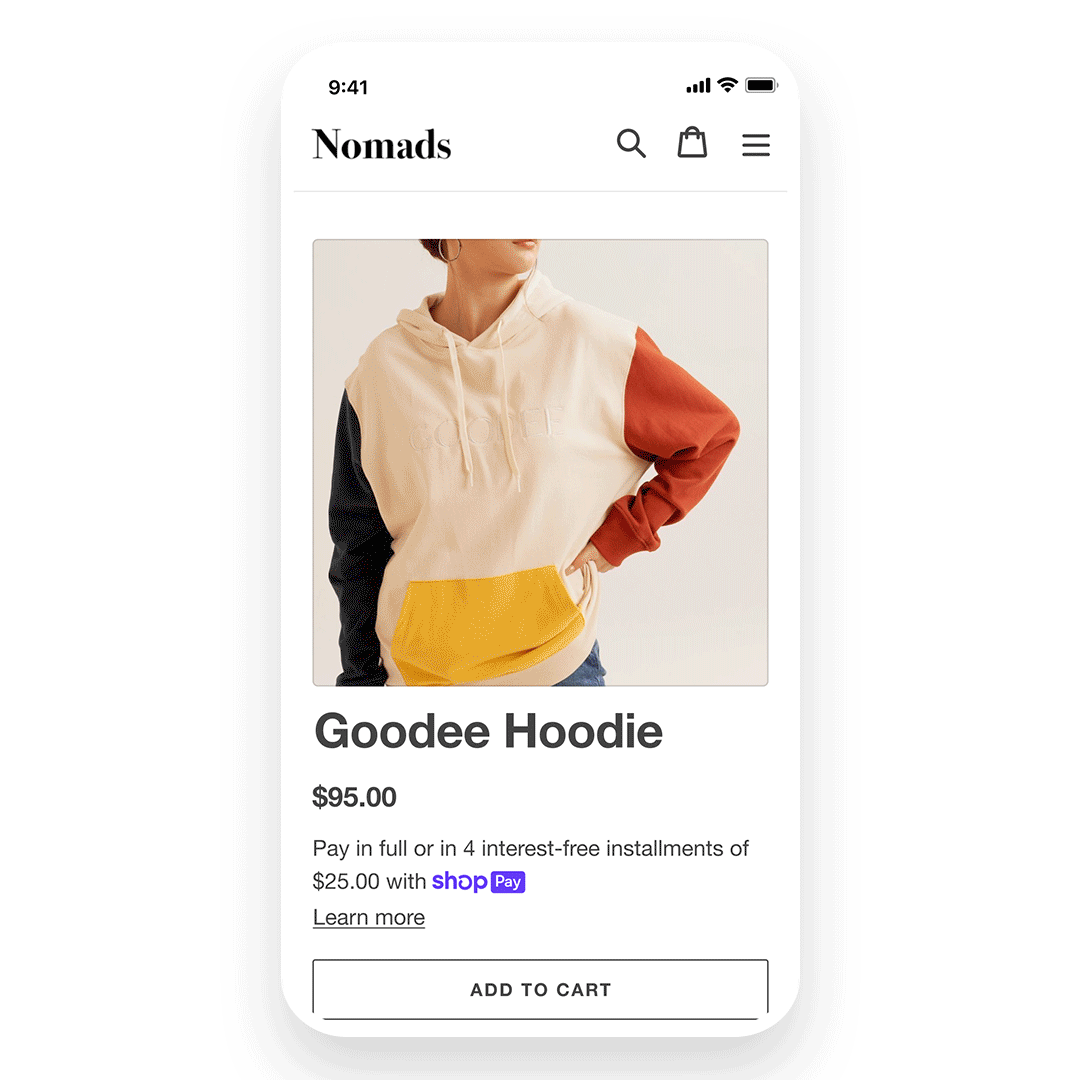
Learn more about Shop Pay Installments
3. Scale with confidence
Crush your next flash sale or product drop
Shopify Scripts can scale to handle traffic from the largest merchants and flash sellers in the world. The most complex Scripts code will now execute in under five milliseconds, letting you power unique brand experiences during your biggest sales events.
Any shop, at any minute, will be able to support the same amount of traffic that we had across all of Shopify at our peak of BFCM 2020—tens of thousands of checkouts per minute.
Build custom buyer experiences the world has never seen before
Shopify will support every stage of your business as your technical maturity, resources, and complexity grow. Create unique buyer experiences that make your brand stand out with the tech stack (including a headless architecture) and business logic you want.
Build custom storefronts using Shopify’s Storefront API, which will now unlock even more commerce capabilities like international pricing for your global shoppers, curbside pickup, and subscription selling plans. Create non-Liquid custom storefronts on Shopify with the developer frameworks and tech stack you already use so your brand can turn any screen into a shopping channel—from web pages and mobile apps to smart mirrors and wearables.
We previewed Hydrogen, a React framework that tackles the complexity of building a custom storefront so you can build faster and have more time to focus on styling and designing the features that make your brand unique. With this, you also get Oxygen, a way to host Hydrogen storefronts directly on Shopify that is fast, global, and optimized for commerce.
It’s still early days for Hydrogen. Shopify’s product team is heads down building these new products and we encourage you to sign up for updates as they evolve.
Sign up for updates on Hydrogen
Seamlessly optimize your local pickup experience
If you manage inventory across multiple locations, you know how challenging fulfillment can be. Business owners on Shopify can now level up their local pickup experience by designating pickup-only locations.
Avoid time-consuming and costly errors by letting customers pick up their order from your designated pickup-only locations, without having to ship online orders out of that location. Inventory at these pickup-only retail locations will not be included as “available” for online shipping orders.
For example, if your warehouse is out of stock on size 10 shoes but one of your pick-up only retail locations has stock, the shoes will be treated as in stock and available for pickup, but not for shipping.
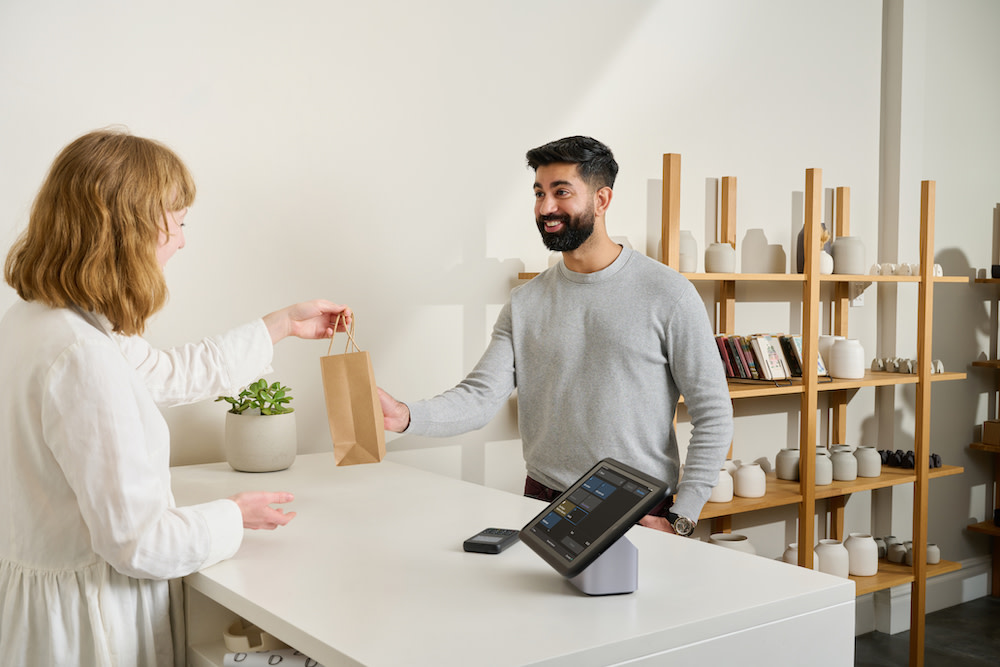
Set up your first pickup-only location
Start selling wholesale
Get your products in front of a brand new audience when you start selling wholesale with Handshake*, a wholesale marketplace built by Shopify. All products on Handshake come from Shopify-powered brands, which can sign up, set their prices, and publish their catalogs from inside their Shopify admin.
Unlike other marketplaces, there are no fees or commissions to sign up or for orders on Handshake. If you have existing wholesale relationships, Handshake gives you a way to move those transactions to Shopify.
All suppliers go through an application process and are approved by Shopify, and all buyers must confirm they have a reseller ID.
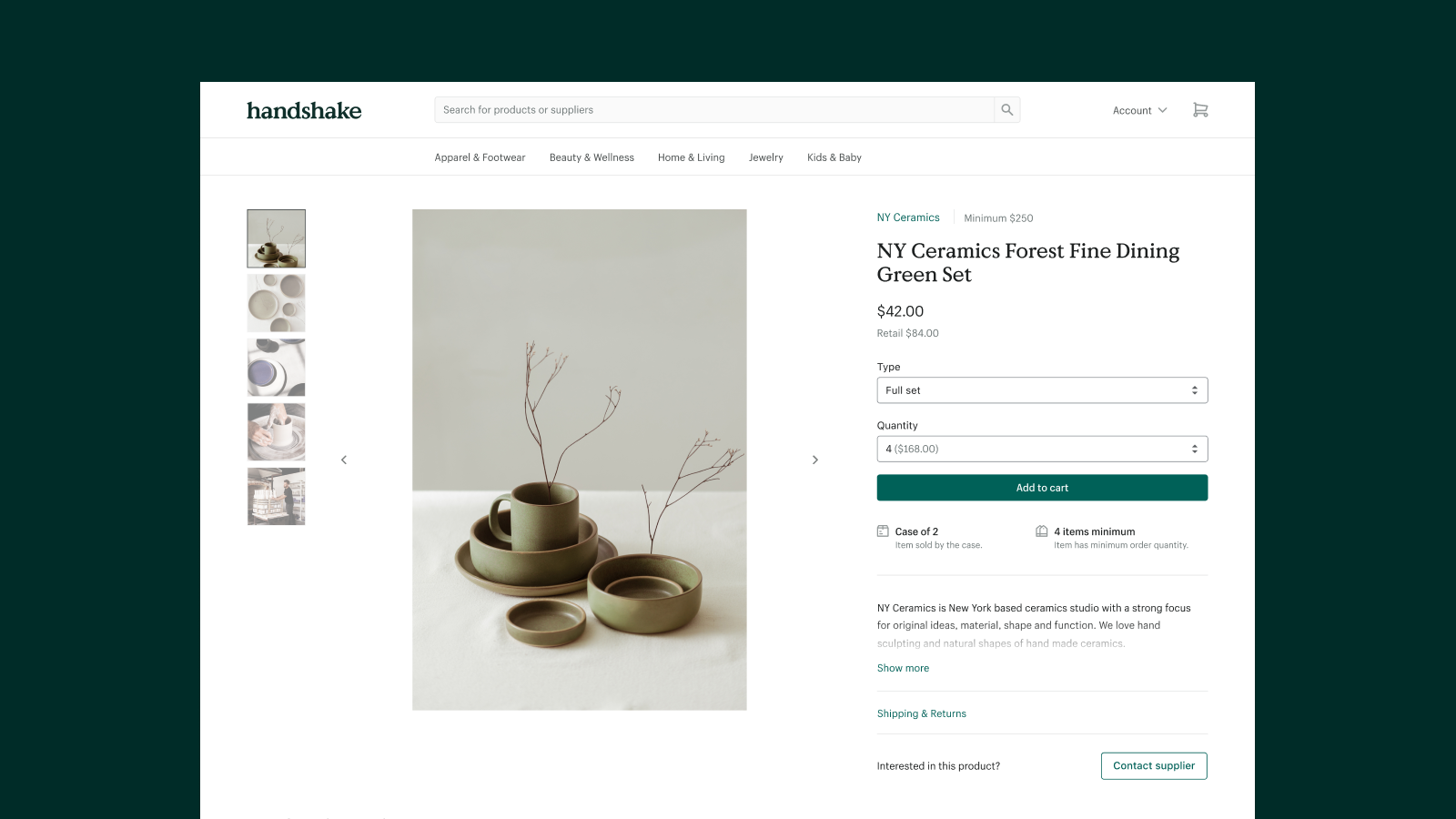
Source new products to sell
Retailers, online curators, and brick-and-mortar store owners can use Handshake to bolster their offering with unique products from independent, Shopify-powered brands.
Plus, Handshake’s personalized product recommendations ensure that members are constantly discovering new products.
Stock your store with on-trend items that customers will love. All brands on Handshake are handpicked, so you know you’re shopping from distinctive makers from across the United States.

Find new products to sell on Handshake
Experience creative commerce that converts
The announcements from Shopify Unite 2021 highlight our investments in customizability, conversions, and scale for Shopify Plus merchants—the ones joining us in Shopify’s mission for better commerce and more entrepreneurship globally.
Join us, and experience creative commerce that converts.
Get a more technical point of view to share with your development team or agency
* Features currently available in the US only.
